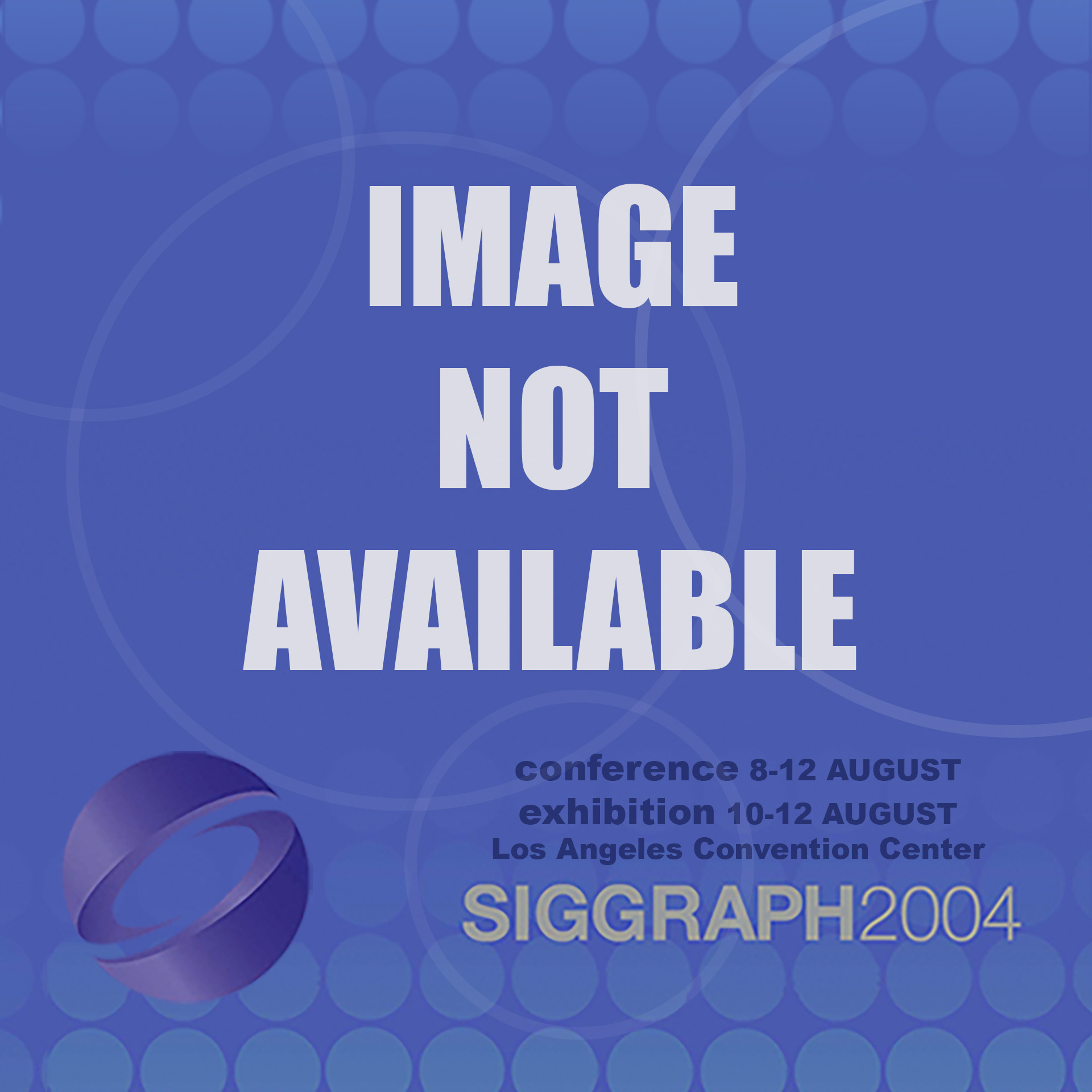“The Flatland Architecture, An Open Source Visualization/Virtual Reality Development Environment” by Kihmm, Summers, Sherstyuk, Eyring, Smith, et al. …
Conference:
Type(s):
Title:
- The Flatland Architecture, An Open Source Visualization/Virtual Reality Development Environment
Presenter(s)/Author(s):
- Kathleen H. Kihmm
- Kenneth L. Summers
- Andrei Sherstyuk
- Timothy Eyring
- Steven Smith
- Paul M. Weber
- Thomas Preston Caudell
Entry Number: 038
Abstract:
Flatland is an open source visualization/virtual reality application development environment developed collaboratively by the University of New Mexico, Los Alamos National Laboratory, and University of Hawaii. Flatland allows software authors to construct and users to interact with arbitrarily complex graphical, aural and haptic representations of data. Flatland is multi-threaded, allowing the system to take advantage of computer systems with multiprocessors and shared memory. The main thread can spawn children at runtime to support the available perceptual modalities. For example, a graphics (visual) thread, a sound (hearing) thread and/or a haptics (touch) thread. Optional tracker threads may be launched to allow the user to use 3D interaction devices such as head or eyepoint motion tracking.
Flatland is written in C/C++ and uses the standard OpenGL graphics language extensions and standard GLUT library for window, mouse, and keyboard management. A custom external sound server provides sound, and a MIDI interface has been integrated to add dynamic sound synthesis methods and functionality. Flatland utilizes an internal data structure consisting of its own object type; objects are embedded in graphs that maintain and facilitate the integrity of the system. Flatland uses dynamically linked shared libraries to assemble modules that construct or modify the virtual environment (VE) for specific applications.
Acknowledgements:
The authors would like to acknowledge the historical contributions of Chris Woody and Paul Hubbard, and the support of the University of New Mexico Center for High Performance Computing, Department of Electrical and Computer Engineering, The Boeing Company, Los Alamos National Laboratory, and Sandia National Laboratory.





